"Manual" air defense systems. Part of 5. MANPADS FIM-92 Stinger
The complex created in the USA since 1981, is not only in service with the American army, but is also being actively exported. In addition to the United States, it was engaged in the production of the European Aeronautic Defense and Space Company (EADS) in Germany and Roketsan in Turkey. For the entire production time, more than 70 thousands of missiles were launched to these complexes of all types. MANPADS is one of the most common in the world, is in service with 30 states.
MANPADS "Stinger" is designed to defeat aircraft, including supersonic, and helicopters both on a head-on and on the catch-up courses. Including targets flying at low and extremely low altitudes. The development of the complex involved specialists of the company «General Dynamics». The development of Stinger MANPADS was preceded by work on the ASDP (Advanced Seeker Development Program) program, which began in the middle of the 1960s, shortly before the start of the mass production of the first American MANPADS «Red Eye». The purpose of these works was the theoretical study and experimental confirmation of the feasibility of the concept of the portable Red Eye 2 complex with an anti-aircraft missile, on which it was planned to use an all-infrared homing head.
The successful implementation of this program allowed the US Department of Defense in 1972 to begin financing the development of a prospective MANPADS, which immediately received the name "Stinger". The development of the complex, despite the difficulties encountered in the process, was completed by 1977. In the same year, General Dynamics launched the first batch of finished samples. Their tests were conducted in the USA during 1979-1980 and ended successfully.
The test results of the new MANPADS with anti-aircraft missile FIM-92A, which was equipped with infrared (IR) hf (wave range 4,1-4,4 μm), confirmed the ability of the complex to hit air targets on a collision course. The demonstrated results allowed the US Department of Defense to decide on the serial production of complexes and their adoption for service. From 1981, they massively began to enter into service with the US Army in Europe. At the same time, the volume of release of MANPADS in this modification was significantly reduced due to the progress achieved in creating a new GOS POST, the development of which was carried out from 1977 and by the beginning of 1980-s was already at the final stage.
Dual-band GOS POST, which was used in the FIM-92B rocket, works not only in infrared, but also in the ultraviolet (UV) wavelength range. Unlike the GOS of the FIM-92A rocket, where information on the position of an air target relative to its optical axis was extracted from a signal modulated by a rotating raster, the new rocket used a target-free target coordinator. Its UV and IR radiation detectors, functioning in the same circuit with two digital microprocessors, allowed rosette scanning. This ensured the missile missile seeker the ability to select an air target under conditions of background interference, as well as protection from countermeasures of the IR range.
The production of these missiles began in 1983, but due to the fact that already in 1985, General Dynamics began work on the creation of a new anti-aircraft missile FIM-92C, the production rate of the FIM-92B SAMs were also reduced compared to those previously provided . The new rocket, the development of which was fully completed in 1987, used a new GOS POST-RPM, equipped with a reprogrammable microprocessor, which provided the ability to adapt the characteristics of the missile guidance system to the interfering and target environment by choosing suitable programs. Replaceable memory blocks in which typical programs were stored were placed in the housing of the Stinger-RPM MANPADS trigger mechanism. Before 1991, about 20 of thousands of FIM-92C missiles were fired, all of which were supplied only to the US Army. Further work on the improvement of the missiles equipped with a PST-RPM hcp was carried out in terms of equipping the FIM-92C rocket with a lithium battery, a ring laser gyroscope, an improved roll-angle sensor.
Widespread are FIM-92E Block I missiles, which were equipped with a dual-band noise-proof homing rosette type operating in the IR and UV wavelength ranges. These missiles were equipped with a high-explosive fragmentation warhead weighing 3 kg, their flight range increased to 8 kilometers, and the missile speed is M = 2,2 (about 750 m / s). The FIM-92E Block II rockets were equipped with an all-view thermal imaging homing system with an IR detector array located in the focal plane of the optical system. The first FIM-92E missiles began to enter service with the American army in 1995. Virtually the entire stock of missiles of Stinger MANPADS, which were in service with the US Army, was replaced by these missiles.
MANPADS "Stinger" of any and all modifications consists of the following main components:
- anti-aircraft guided missile in the transport and launch container;
- trigger;
- optical sight for visual detection and tracking of the air target, as well as an approximate determination of the distance to the target;
- power supply and cooling unit with an electric battery, as well as a container with liquid argon;
- identification equipment "friend-alien" AN / PPX-1 (electronic unit that is worn on the waist belt of the arrow-operator of the complex).
Rocket MANPADS "Stinger" made by the aerodynamic configuration "duck". In the nose of the rocket are four aerodynamic surfaces, two of which are the rudders, and two more remain stationary relative to the body of the rocket. For control using a single pair of aerodynamic control surfaces, the rocket rotates around its longitudinal axis, and the control signals that arrive at the control surfaces are consistent with its movement relative to this axis. Zour acquires the initial rotation due to the inclined arrangement of the nozzles of the starting accelerator relative to its body. To maintain the rotation of the rocket in flight, the plane of the tail stabilizer, which, like the rudders, unfold when the SAM leaves the TPC, is installed at an angle to its body. Control with one pair of rudders allowed the designers to achieve a significant reduction in weight as well as the cost of flight control equipment.
The rocket is equipped with the Atlantic Research Mk27 dual-speed cruise engine, which provides its acceleration to the speed of 750 m / s and the maintenance of such a high speed during the entire flight to the target. The sustainer missile defense engine is activated only after the launch accelerator has been separated and the missile has been removed to a safe distance from the gunner’s operator of the complex (approximately 8 meters). The defeat of air targets is provided by a powerful high-explosive fragmentation warhead weighing about three kilograms. The warhead is equipped with a percussion fuse and a safety-actuating mechanism that provides for the removal of the fuse protection steps and the transfer of the command to self-destruct the missile defense system in case of its miss.
Anti-aircraft missile is placed in a sealed cylindrical TPK of fiberglass, which is filled with inert gas. Both ends of this container are closed collapsing at the time of launch lids. The front of them is made of a material that transmits infrared and ultraviolet radiation, which allows the homing head to capture target without violating the seal and tightness of the WPC. The sufficiently high reliability of the ZUR equipment and the leak-proofness of TPK ensure the storage of anti-aircraft missiles in the troops without maintenance for 10 years.
The trigger mechanism, with the help of which the preparation of the missile defense to the launch is carried out and the launch is carried out, is connected to the WPK using special locks. The electric battery of the energy saving and cooling unit (this unit is installed in the trigger housing in preparation for firing) is connected to the rocket’s on-board network via a plug connector, and a container with liquid argon is connected to the cooling system through a nozzle. On the bottom surface of the MANPADS trigger mechanism there is a plug connector designed to connect the electronic unit of the identification "friend-foe", and on the handle there is a trigger with two working and one neutral positions. After pressing the trigger and transferring it to the first working position, the power supply and cooling unit is activated, after which the electric power from the battery (voltage 20 volts, operation time is no less than 45 seconds) and liquid argon goes onboard the missile defense system, providing cooling for the GOS detectors , promotion of the gyroscope and other operations that are directly related to the preparation of the rocket for launch. With further pressure of the shooter-operator on the trigger and taking up the second working position, the on-board electric battery is activated, which is able to power the electronic missile defense equipment for 19 seconds and the igniter of the launching engine of the anti-aircraft missile is activated.
In the course of combat operations, airborne data comes from an external detection and target indication system or a crew number that monitors the airspace. After the aerial target is discovered, the shooter operator puts the Stinger MANPADS on his shoulder and direct the complex at the selected target. After the GOS anti-aircraft missile captures the target and begins to accompany it, the buzzer sounds and the optical device of the optical sight, to which the operator presses his cheek, warning of the seizure of the air target. Then the operator by pressing the button activates the gyroscope. Before the launch itself, the shooter-operator also enters the necessary lead angles. The shooter with the index finger presses the starting bracket, after which the onboard battery begins to work. The output of the battery to the normal mode of operation ensures the actuation of the cartridge with compressed gas, which rejects the tear-off plug, disconnecting the power from the power supply and cooling unit, including the igniter starting the rocket’s starting engine.
The calculation of the Stinger MANPADS consists of two people - an arrow operator and a commander, who possess 6 missiles, a missile defense system in the TPC, an electronic warning and display unit for the air situation, and an all-terrain vehicle. MANPADS were calculated in the states of the anti-aircraft divisions of the American divisions (in the armored - in 75, in the light infantry - in 90, in the air assault - 72), as well as in the divisions of the Patriot and Improved Hawk air defense systems.
American portable systems "Stinger" were actively used in various local conflicts of recent decades. Including the Afghan Mujahideen against the Soviet troops. Thermal traps did not always save planes and helicopters from fired missiles, and a powerful warhead even quite effectively hit Su-25 attack aircraft engines. Soviet losses aviation from MANPADS "Stinger" in Afghanistan were tangible. According to various estimates, up to half of the 450 Soviet aircraft and helicopters lost in Afghanistan could be shot down by MANPADS fire.
The appearance of American Stinger MANPADS in Afghanistan at the end of 1986 — the beginning of 1987 — was a real challenge for Soviet aviation. In just nine months of 1987, the Americans handed over to the Afghan mujahideen about 900 complexes of this type. To solve the problem of widespread use by the enemy, MANPADS attempted in various ways, not only by installing false-heat targets on helicopters and airplanes for shooting systems. The tactics of using aviation as transport helicopters and airplanes, as well as striking vehicles, was also changed. Flying transport aircraft began to be carried out at high altitudes, where MANPADS missiles could not reach them. Landing and take-off of the aircraft took place in a spiral with a sharp set, or vice versa, a sharp loss of height. Helicopters during flights on the contrary began to cuddle up to the ground, using ultra-low heights for flights, trying to hide in the folds of the terrain. Despite all the measures, the mass appearance of modern MANPADS among the Mujahideen reduced the effectiveness of the actions of Soviet aviation at the final stage of the Afghan war.
It is worth noting that the Stinger MANPADS have alternative combat options. It can also fire at unarmored ground and surface targets. By its criteria, this complex meets the definition of surface-to-surface missiles. The limited use of Stinger MANPADS for this purpose was clearly demonstrated during joint tests conducted by the United States Marine Corps and the US Army in the summer of 2003 in Texas at the Macgregor test site of the Fort Bliss base. During the tests, the Stinger missiles were hit: the mid-size army truck, the M880 pick-up truck, the truck with the van, the Amtrack-type tracked armored personnel carrier, the high-speed motorboat. Based on these tests, the possibility of arming “Stinger” MANPADS of American troops at checkpoints to protect against shahid mobiles instead of “Javelin” anti-tank systems, which cost much more than “Stingers”, was considered, but before that the idea was put into practice it came to.
It should be noted that the complex developed in 1970-ies is still relevant. This is the only MANPADS in service with the US military. At the same time, he is now emerging from almost 15-year-old oblivion. 17 January 2018, the Internet portal defensenews.com, reported that the US Army has resumed the training programs for FIM-92 Stinger MANPADS operators, which practically have not been conducted in recent years. “The return of the Stinger MANPADS is due to the self-identified gap created and recognized by the American army. We are returning to the basics and returning short-range air defense missile systems to combat units, ”Lt. Col. Aaron Felter, who heads the training programs of the Air Defense Integrated Office, told reporters.
According to the new operator training program, MANPADS will be primarily used to combat numerous unmanned aerial vehicles, as well as attack helicopters. According to the American general Randall McIntyre, “in the ongoing Russian-Ukrainian conflict transformations of the Russian army occurred, UAVs are increasingly used for military purposes, so we need to have the tools to protect European countries.” In fact, the US military has turned on its old “record”, which, however, does not negate the fact that it is still very early to write off any MANPADS, especially with the observed increase in the use of all kinds of UAVs in military conflicts of varying degrees of intensity around the world.
Performance characteristics of the FIM-92 Stinger:
The range of the targets hit (in pursuit) is up to 4750 m (up to 8000 m for FIM-92E).
The minimum range of targets hit is 200 m.
Target hit height is up to 3500-3800 m.
Maximum rocket speed - 750 m / s.
The diameter of the rocket - 70 mm.
Rocket length - 1,52 m.
Rocket launch weight - 10,1 kg.
The mass of the missile warhead - 3 kg.
The mass of the complex in the combat position - 15,2 kg.
Warhead - high-explosive fragmentation.
Information sources:
http://rbase.new-factoria.ru/missile/wobb/stinger/stinger.shtml
https://warspot.ru/11011-stingery-vozvraschayutsya
https://militaryarms.ru/boepripasy/rakety/fim-92-stinger
Open source materials
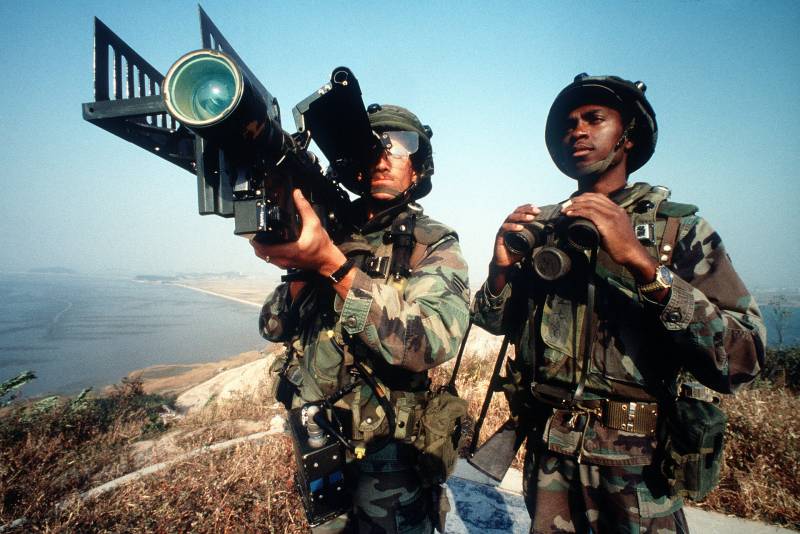
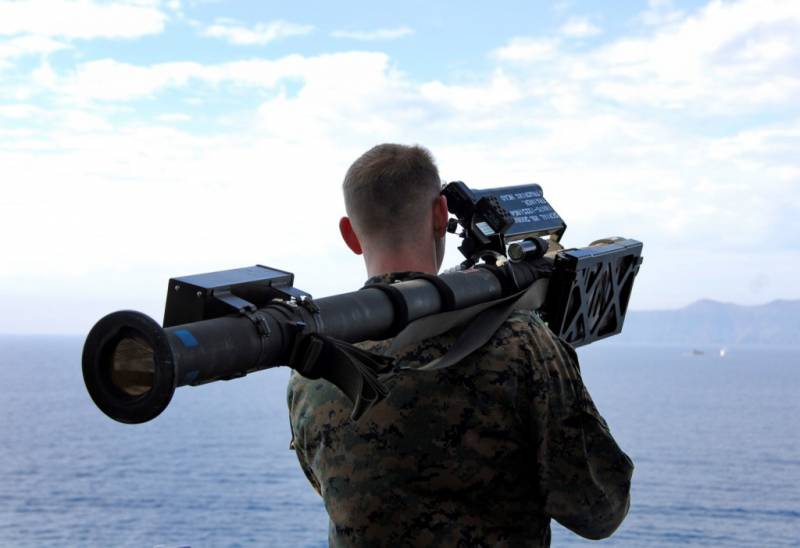
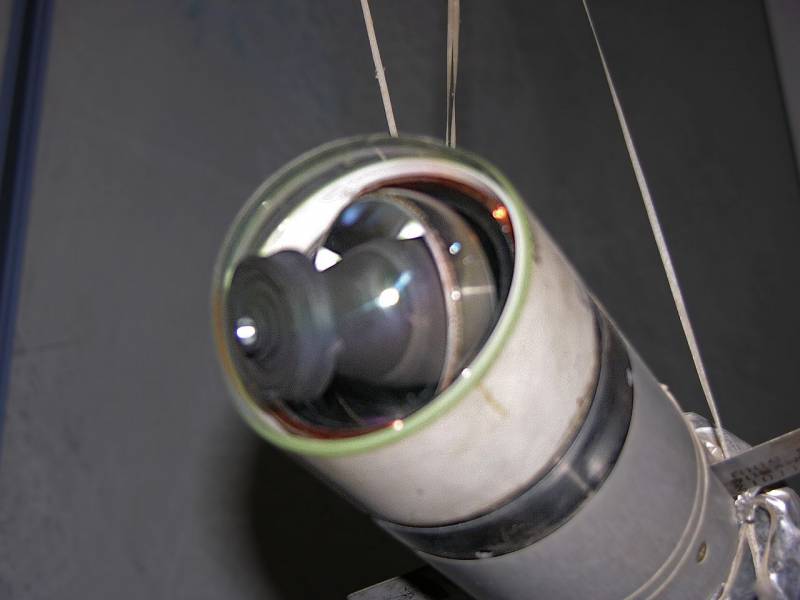
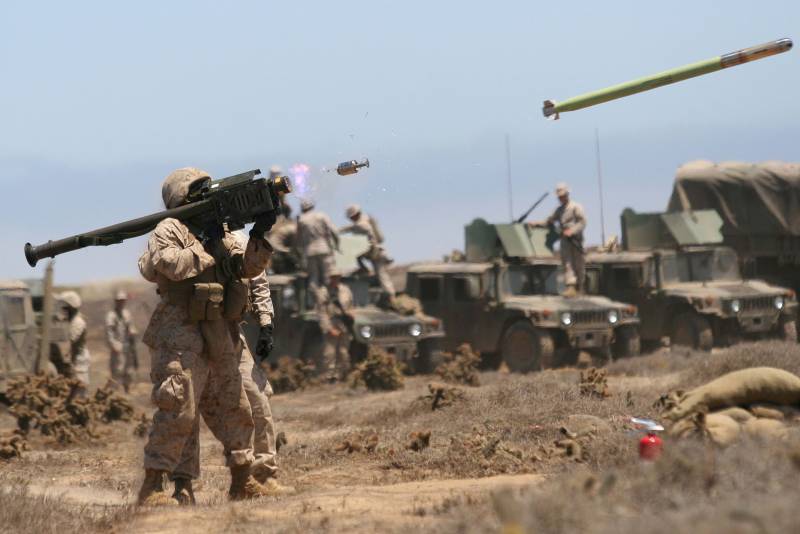
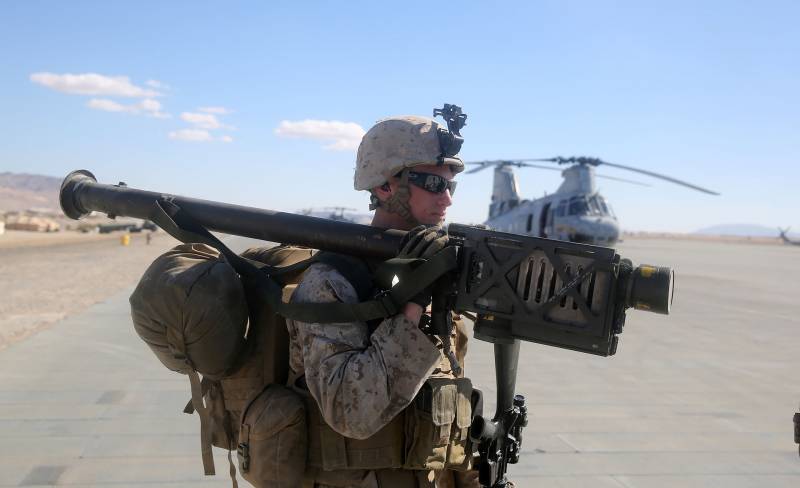

Information